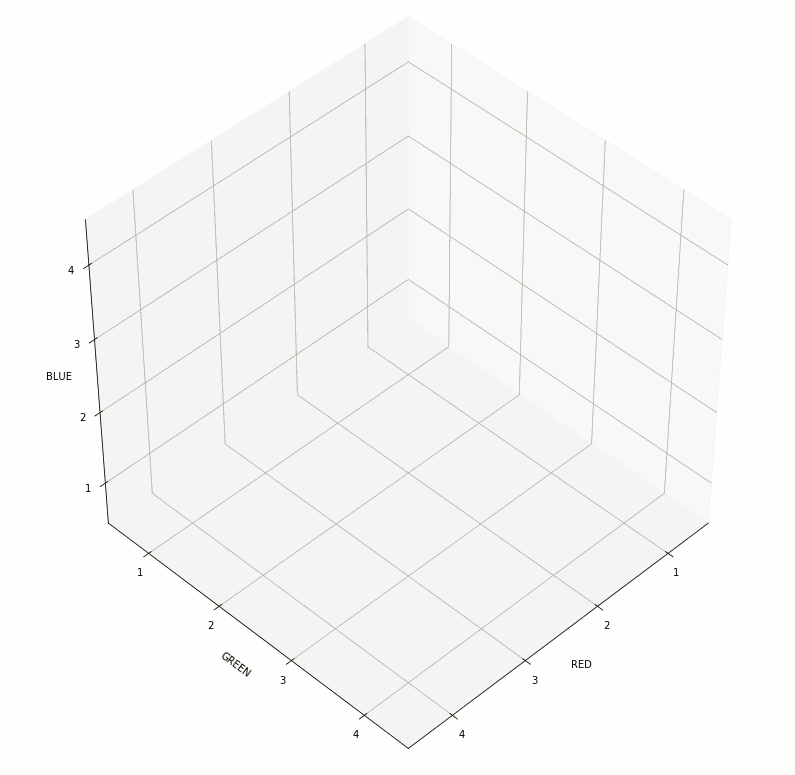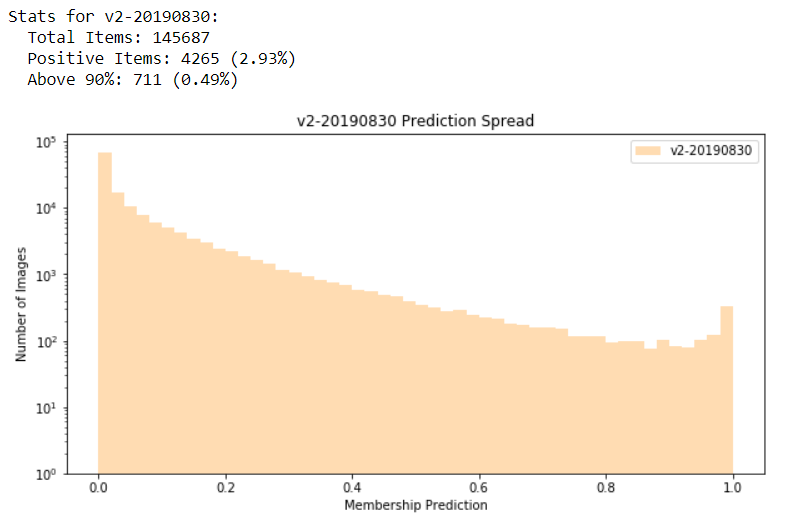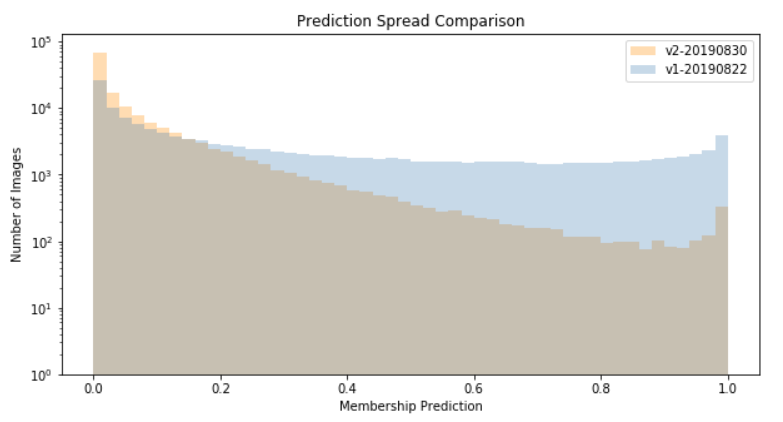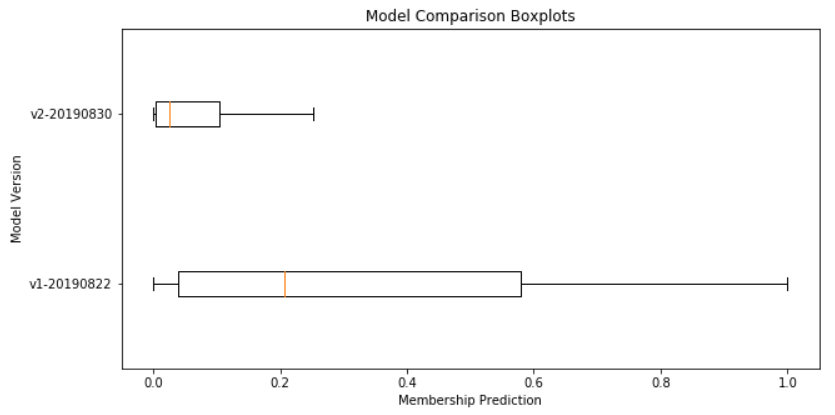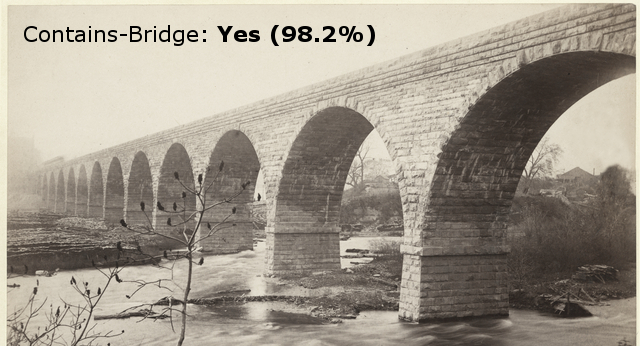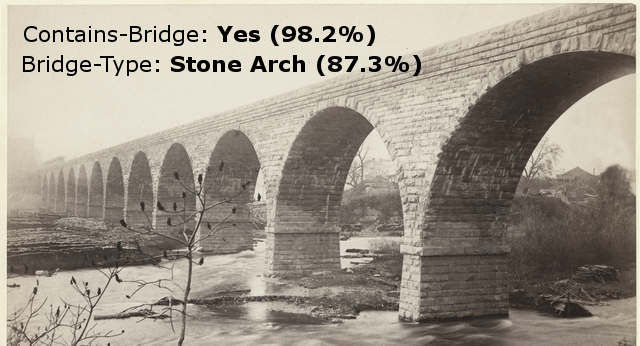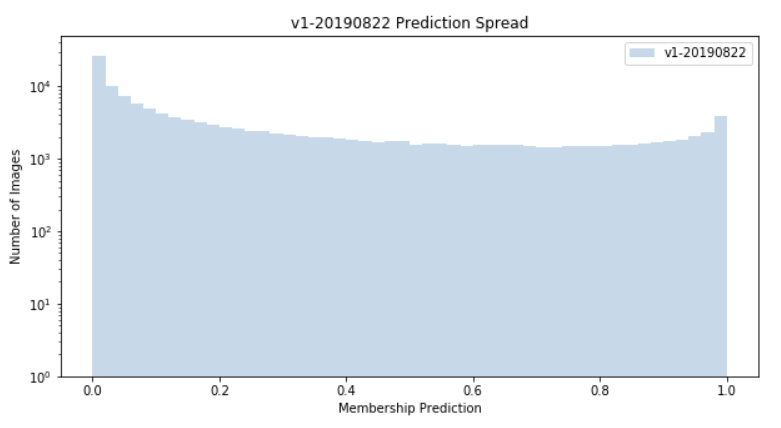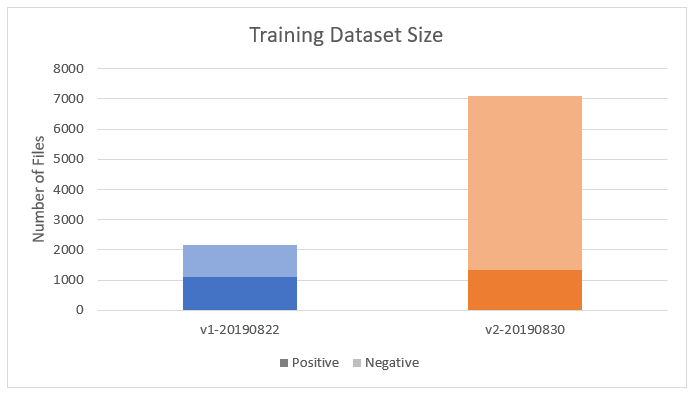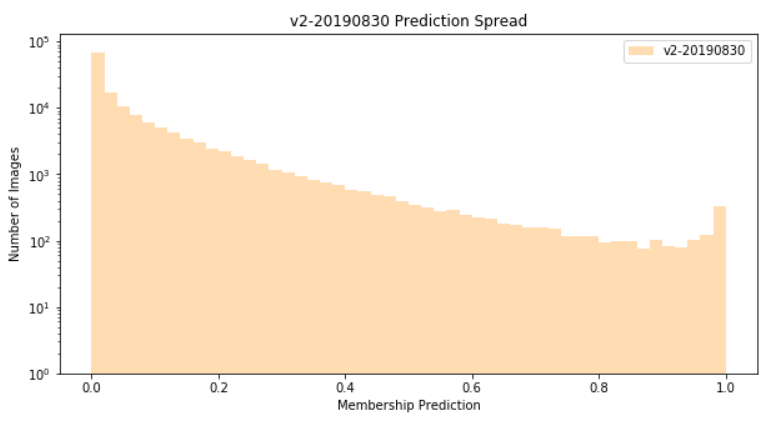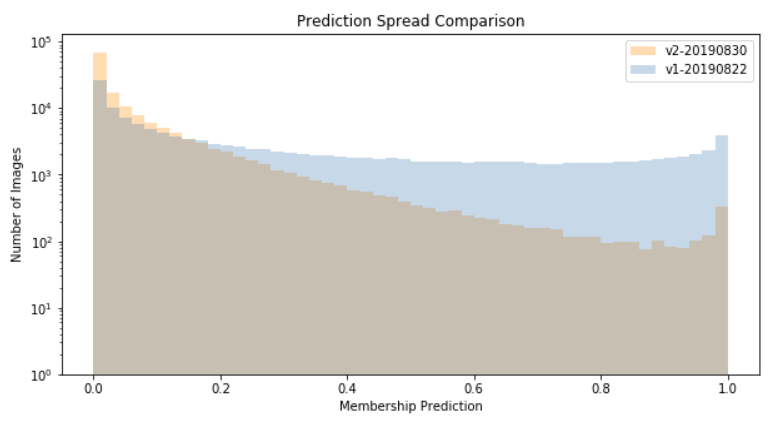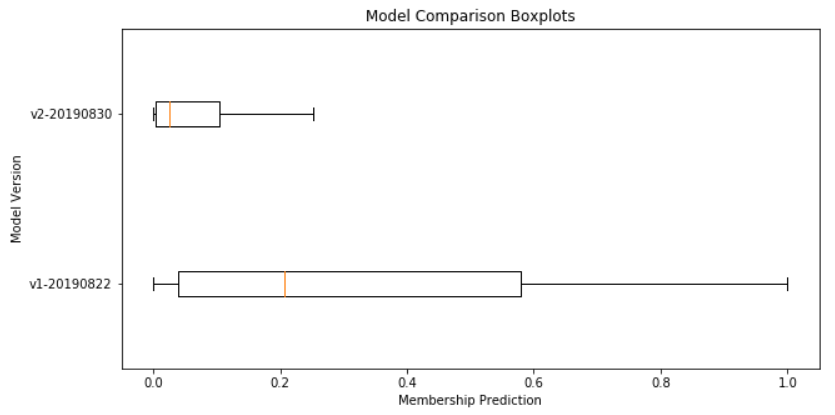This is a listing of projects/companies working in Artificial General Intelligence (AGI). This list will grow as I come across additional projects.
- ACT-R, led by John Anderson of Carnegie Mellon University
- AERA, led by Kristinn Thórisson of Reykjavik University
- AIDEUS, led by Alexey Potapov of ITMO University and Sergey Rodionov of Aix Marseille Université
- AIXI, led by Marcus Hutter of Australian National University
- Alice in Wonderland, led by Claes Stannegård of Chalmers University of Technology
- Animats, a small project recently initiated by researchers in Sweden, Switzerland, and the US
- Baidu Research, an AI research group within Baidu
- Becca, an open-source project led by Brandon Rohrer
- Blue Brain, led by Henry Markram of École Polytechnique Fédérale de Lausanne
- China Brain Project, led by Mu-Ming Poo of the Chinese Academy of Sciences
- CLARION, led by Ron Sun of Rensselaer Polytechnic Institute
- CogPrime, an open source project led by Ben Goertzel based in the US and with dedicated labs in Hong Kong and Addis Ababa
- CommAI, a project of Facebook AI Research based in New York City and with offices in Menlo Park, California and Paris
- Cyc, a project of Cycorp of Austin, Texas, began by Doug Lenat in 1984
- DeepMind, a London-based AI company acquired by Google in 2014 for $650m
- DeSTIN, led by Itamar Arel of University of Tennessee
- DSO-CA, led by Gee Wah Ng of DSO National Laboratories, which is Singapore’s primary national defense research agency
- FLOWERS, led by Pierre-Yves Oudeyer of Inria and David Filliat of Ensta ParisTech
- GoodAI, an AI company based in Prague led by computer game entrepreneur Marek Rosa
- HTM, a project of the AI company Numenta, based in Redwood City, California and led by Jeffrey Hawkins, founder of Palm Computing
- Human Brain Project, a consortium of research institutions across Europe with $1 billion in funding from the European Commission
- Icarus, led by Pat Langley of Stanford University
- Leabra, led by Randall O-Reilly of University of Colorado
- LIDA, led by Stan Franklin of University of Memphis
- Maluuba, a company based in Montreal recently acquired by Microsoft
- MicroPsi, led by Joscha Bach of Harvard University
- Microsoft Research AI, a group at Microsoft announced in July 2017
- MLECOG, led by Janusz Starzyk of Ohio University
- NARS, led by Pei Wang of Temple University
- Nigel, a project of Kimera, an AI company based in Portland, Oregon
- NNAISENSE, an AI company based in Lugano, Switzerland and led by Jürgen Schmidhuber
- OpenAI, a nonprofit AI research organization based in San Francisco and founded by several prominent technology investors who have pledged $1 billion
- Real AI, an AI company based in Hong Kong and led by Jonathan Yan
- Research Center for Brain-Inspired Intelligence (RCBII), a project of the Chinese Academy of Sciences
- Sigma, led by Paul Rosenbloom of University of Southern California
- SiMA, led by Dietmar Dietrich of Vienna University of Technology
- SingularityNET, an open AI platform led by Ben Goertzel
- SNePS, led by Stuart Shapiro at State University of New York at Buffalo
- Soar, led by John Laird of University of Michigan and a spinoff company SoarTech
- Susaro, an AI company based in the Cambridge, UK area and led by Richard Loosemore
- Tencent AI Lab, the AI group of Tencent
- Uber AI Labs, the AI research division of Uber
- Vicarious, an AI company based in San Francisco
- Victor, a project of 2AI, which is a subsidiary of Cifer Inc., a small US company
- Whole Brain Architecture Initiative (WBAI), a nonprofit in Tokyo
References:
- Baum, Seth, A Survey of Artificial General Intelligence Projects for Ethics, Risk, and Policy (November 12, 2017). Global Catastrophic Risk Institute Working Paper 17-1 . Available at SSRN: https://ssrn.com/abstract=3070741 or http://dx.doi.org/10.2139/ssrn.3070741

